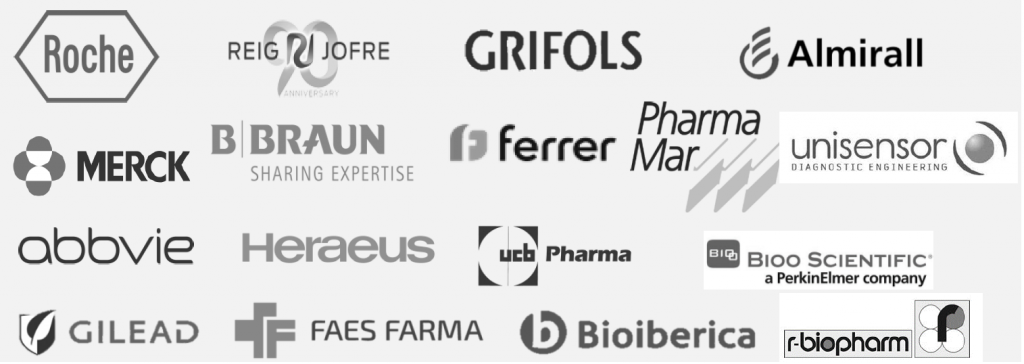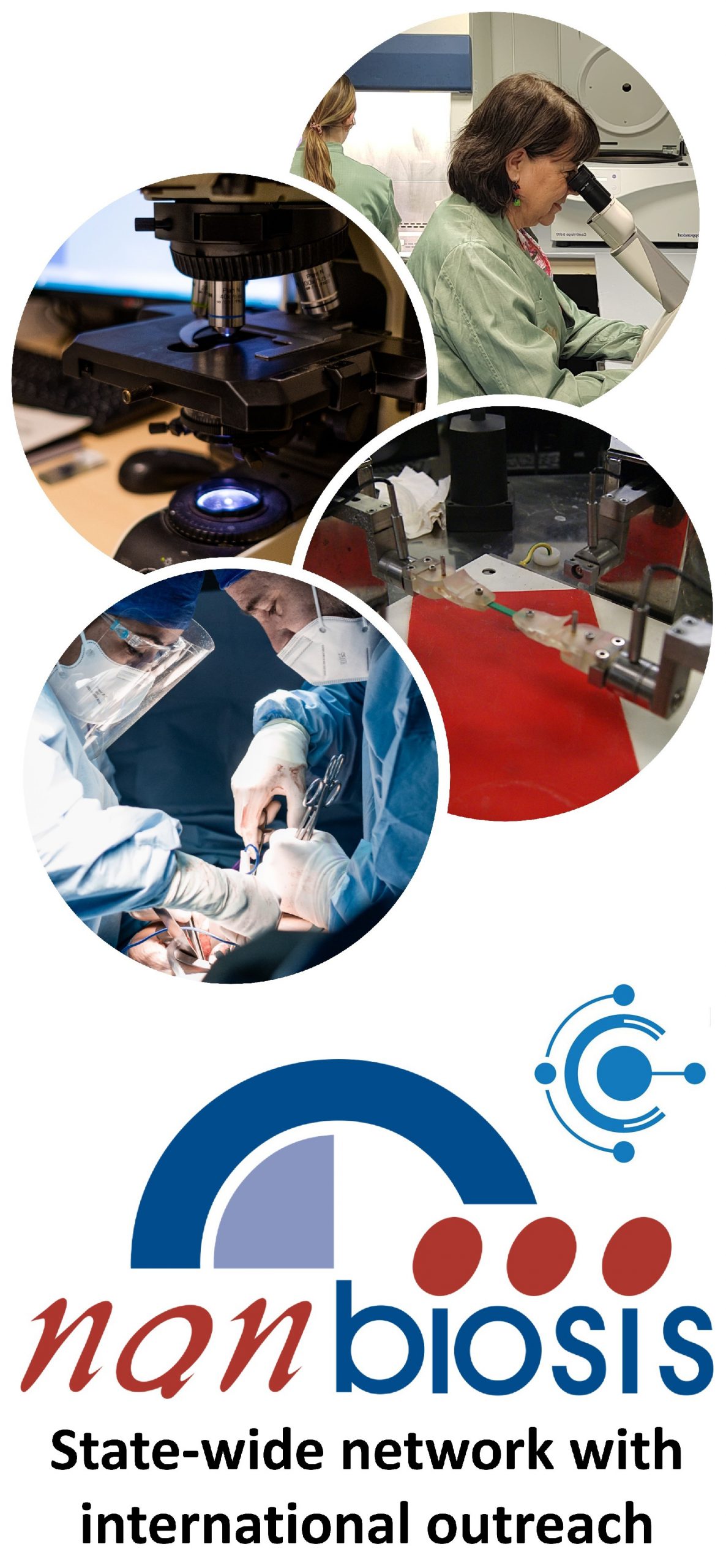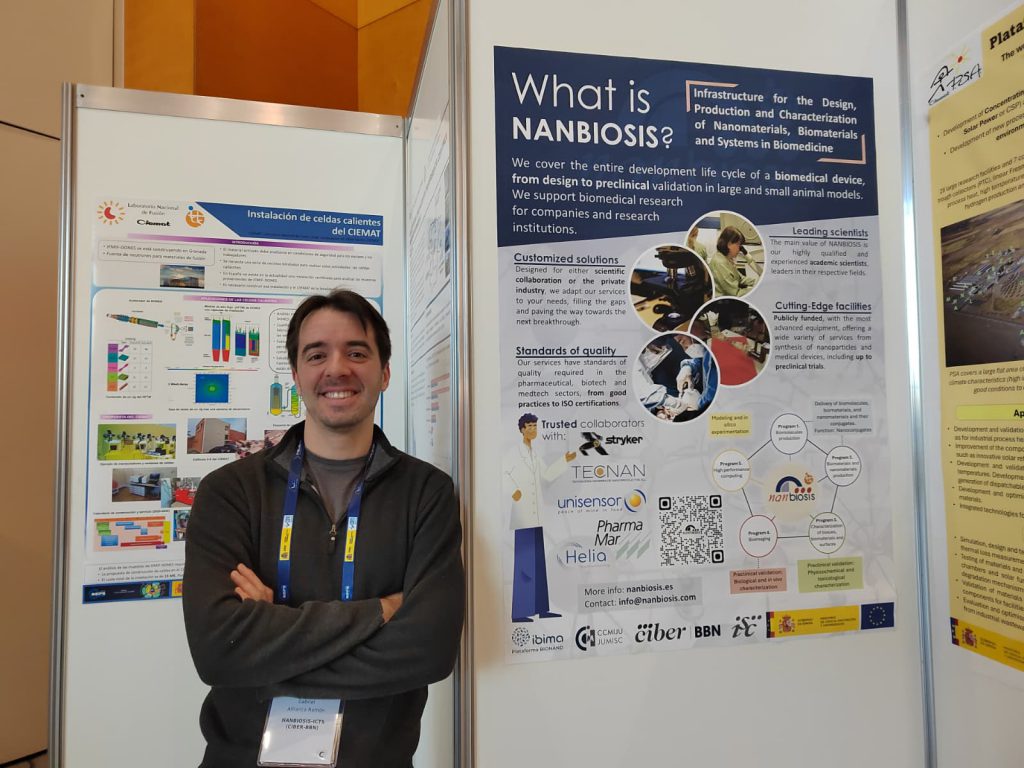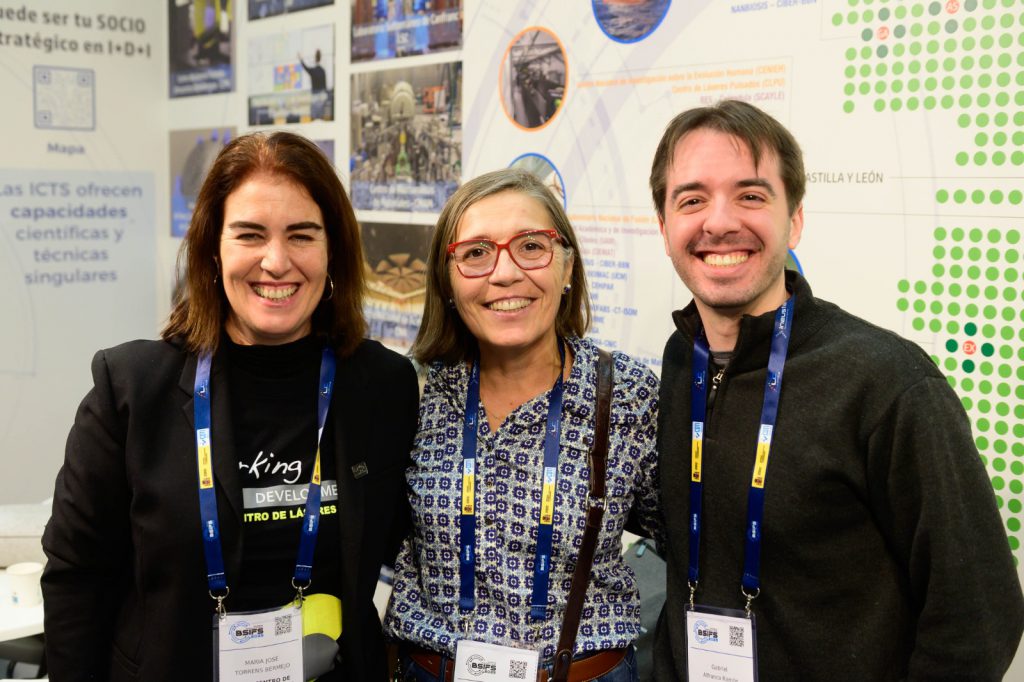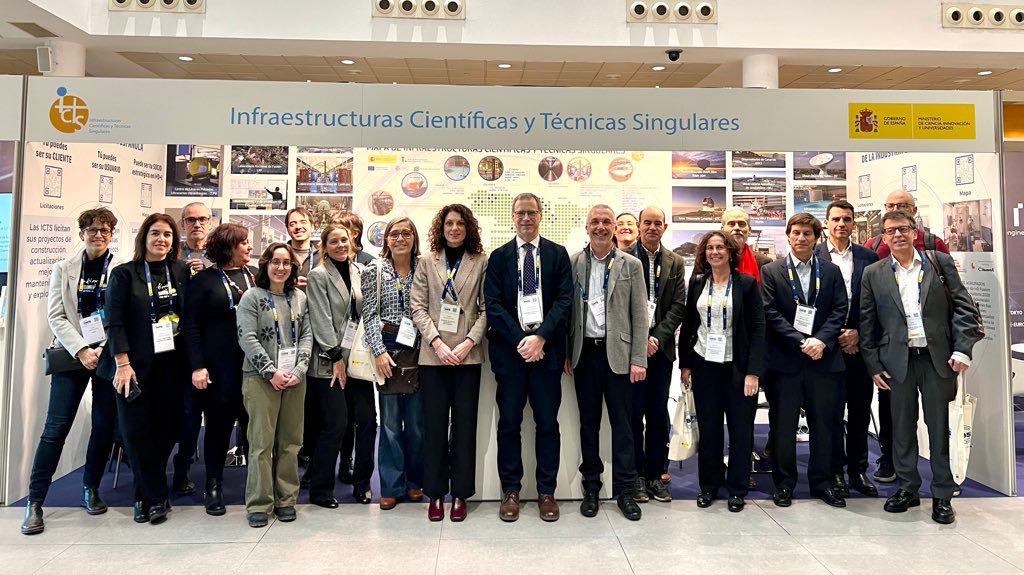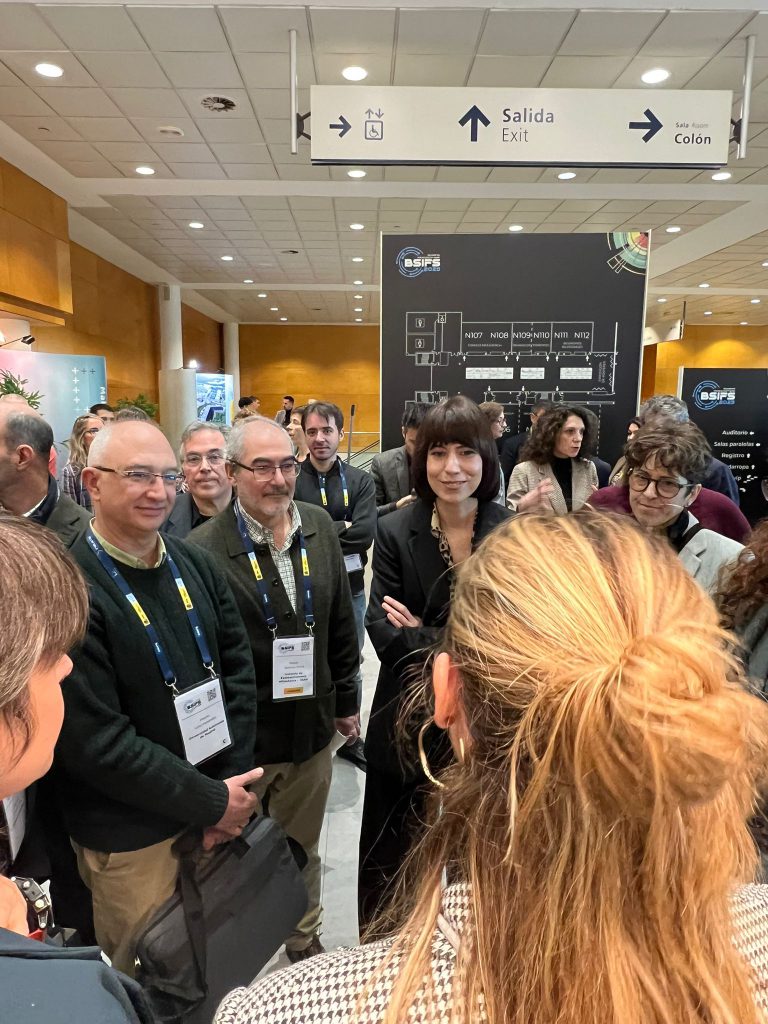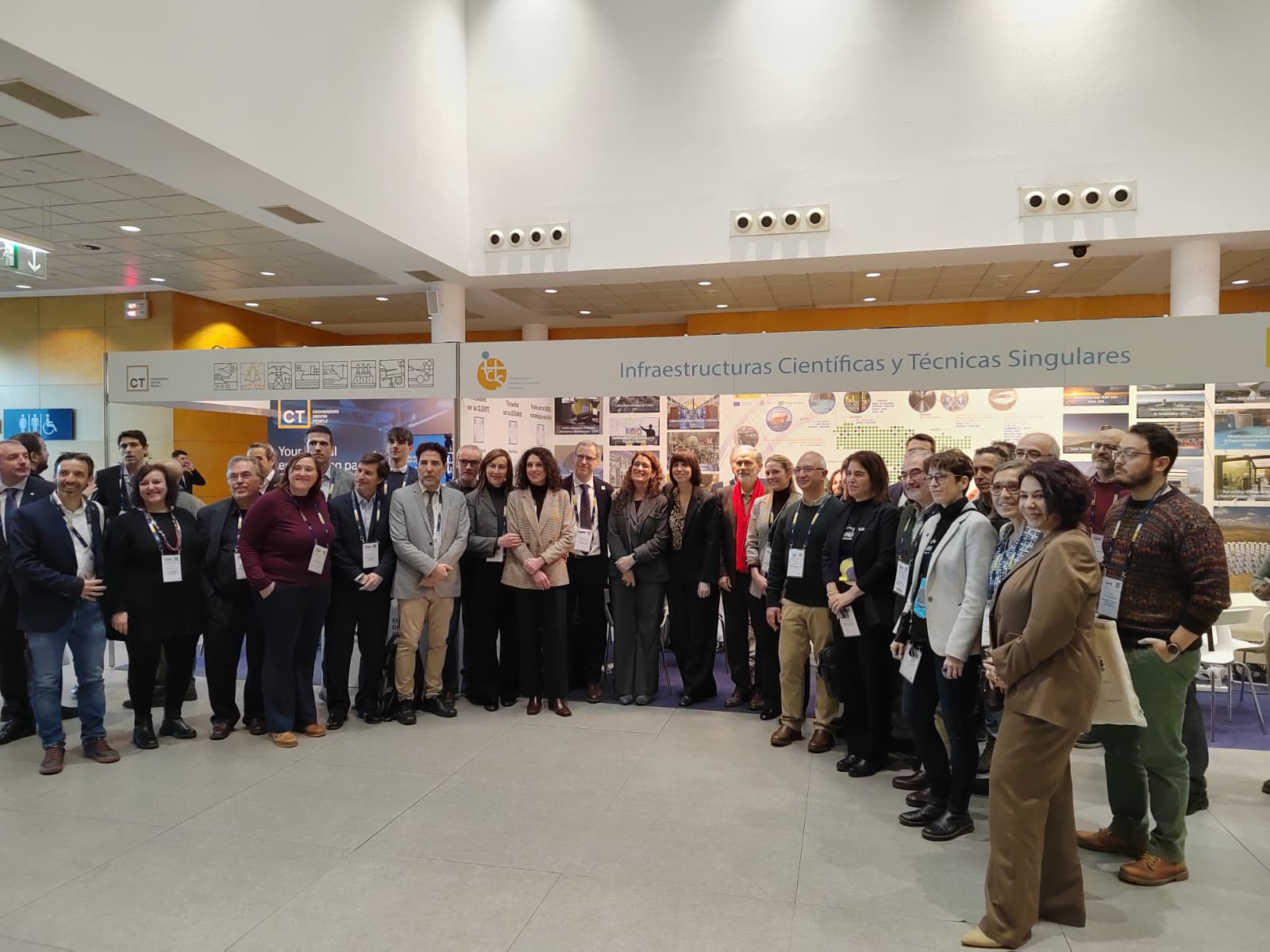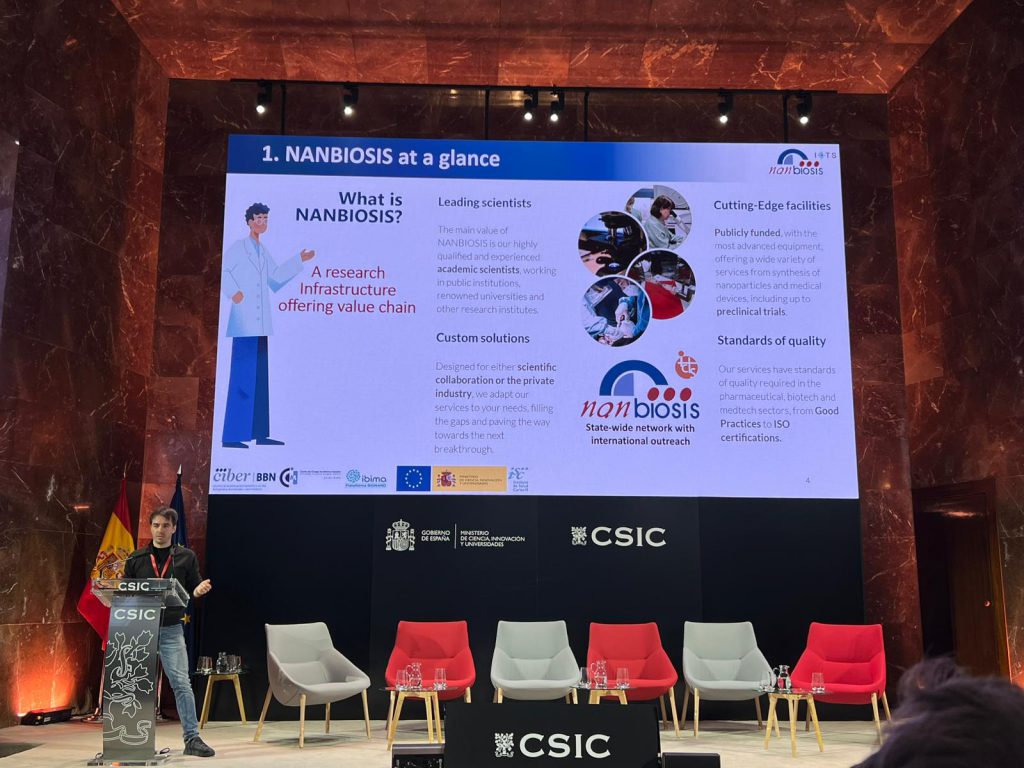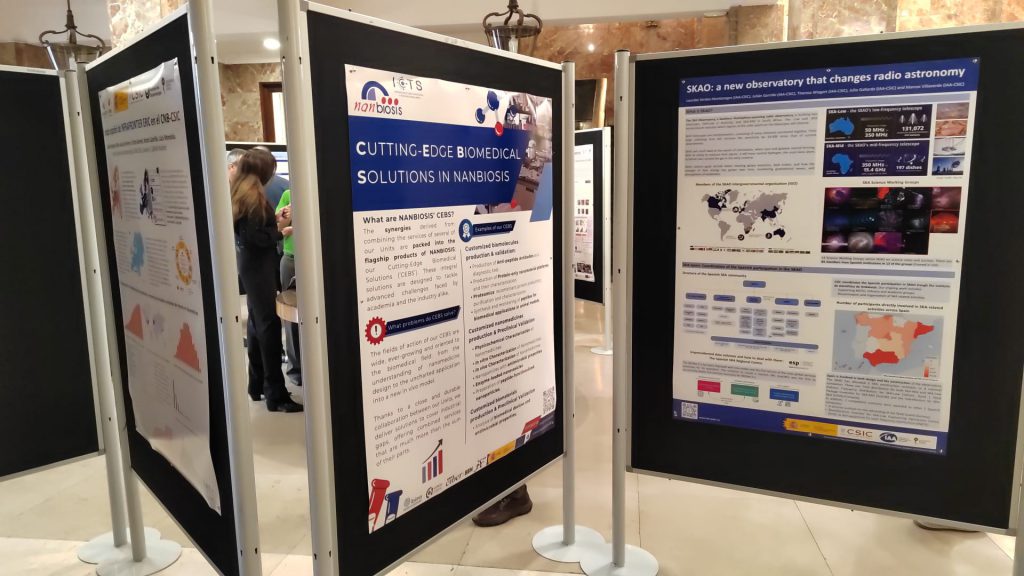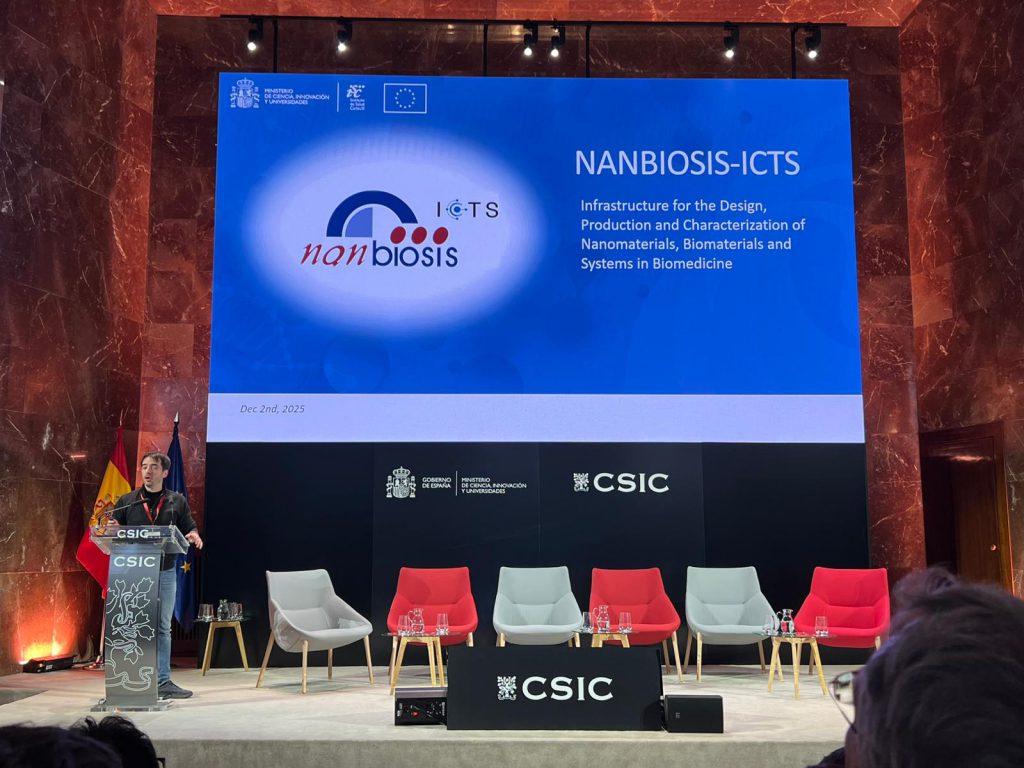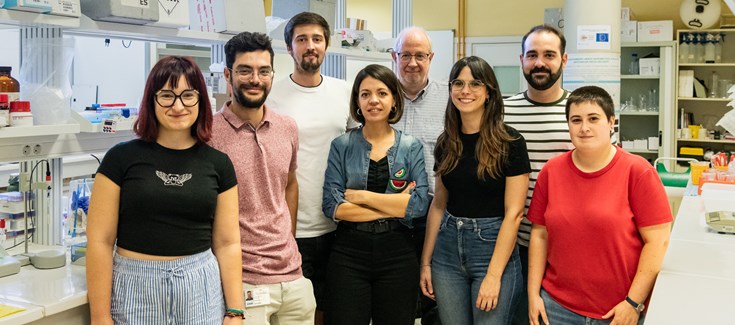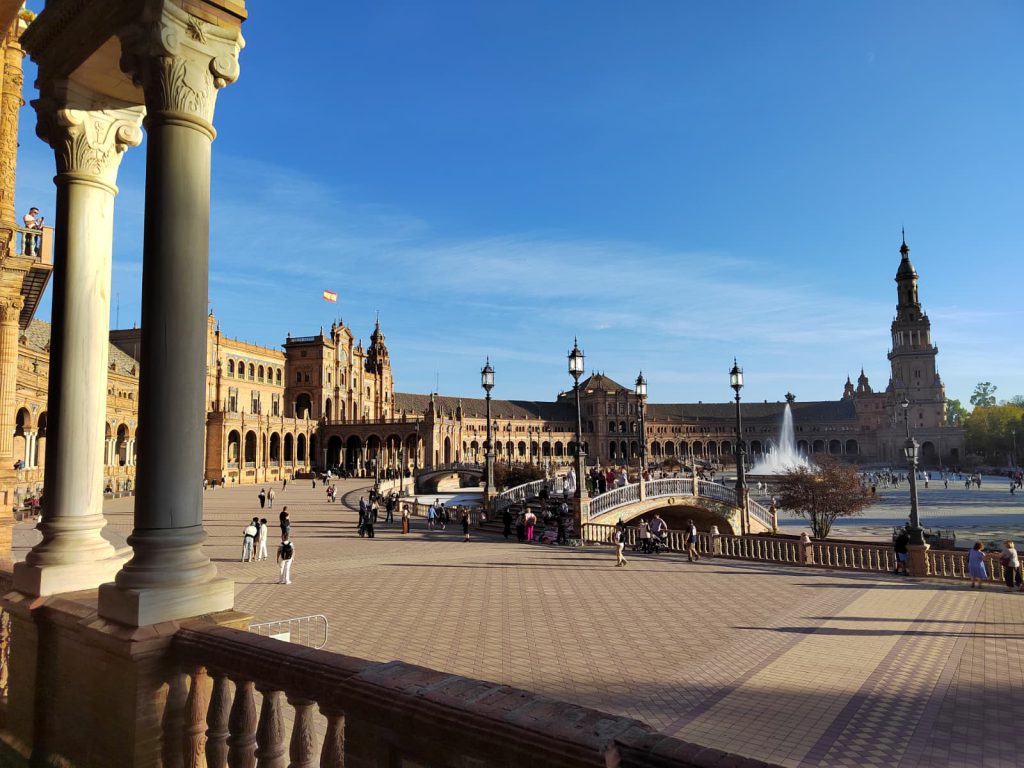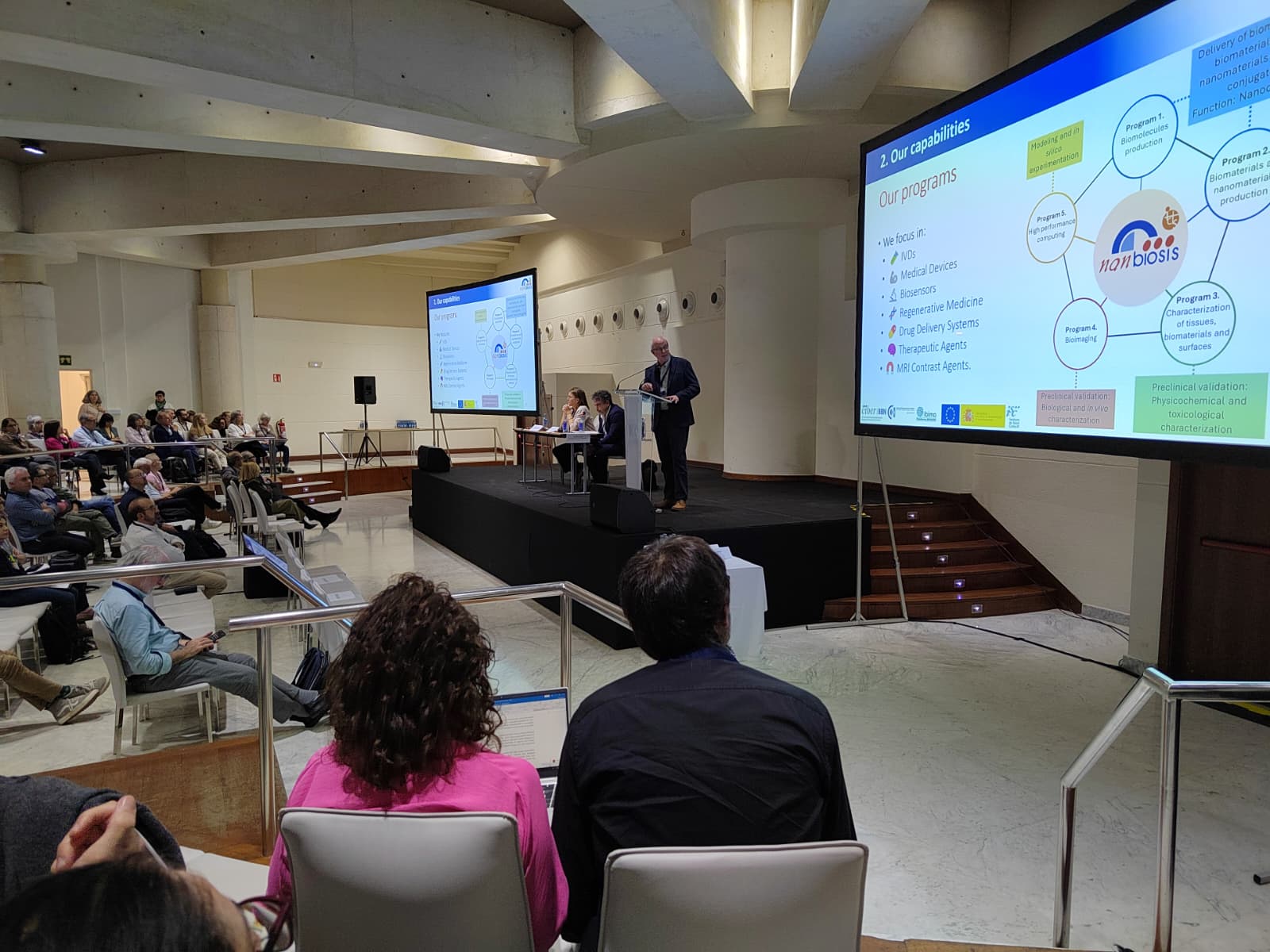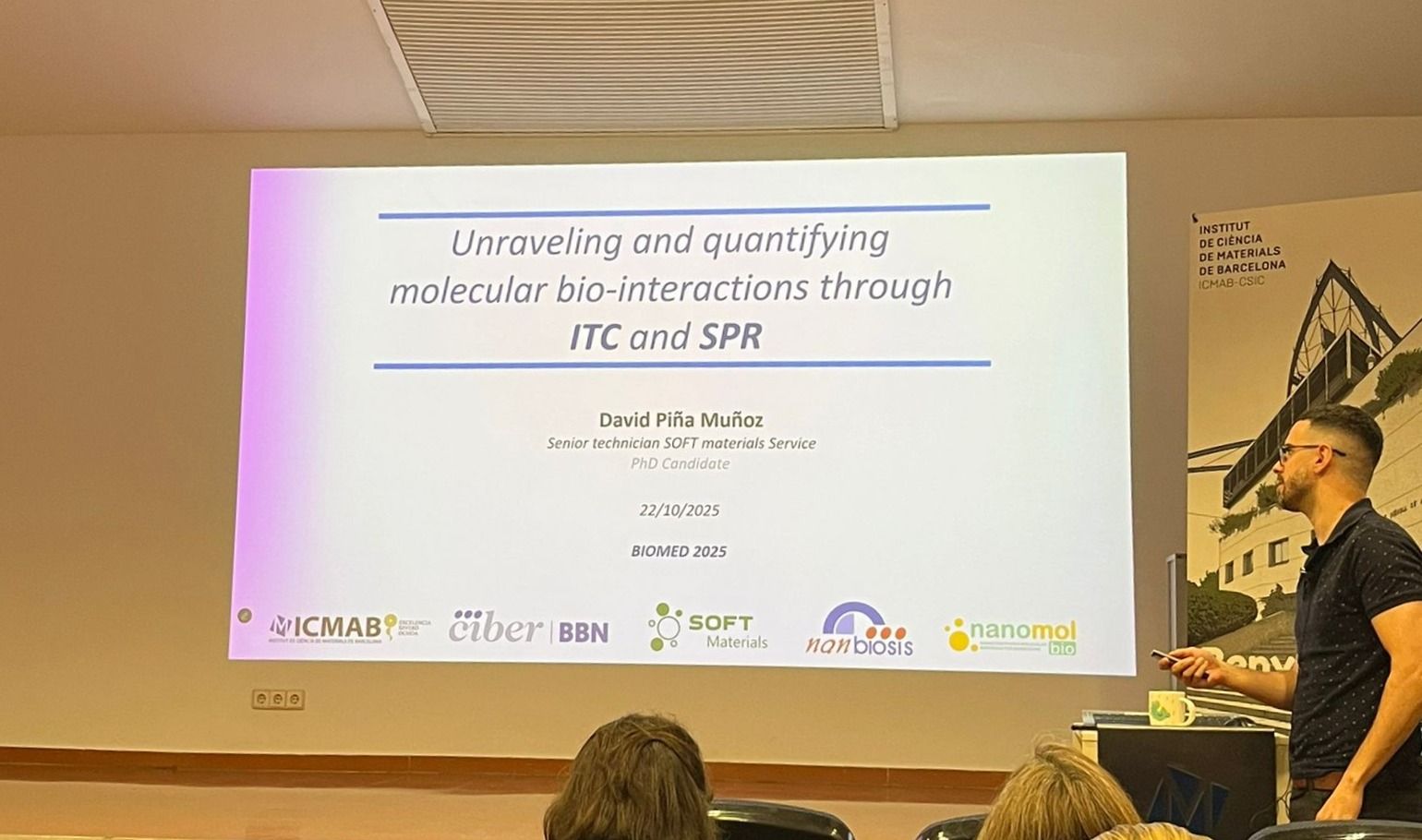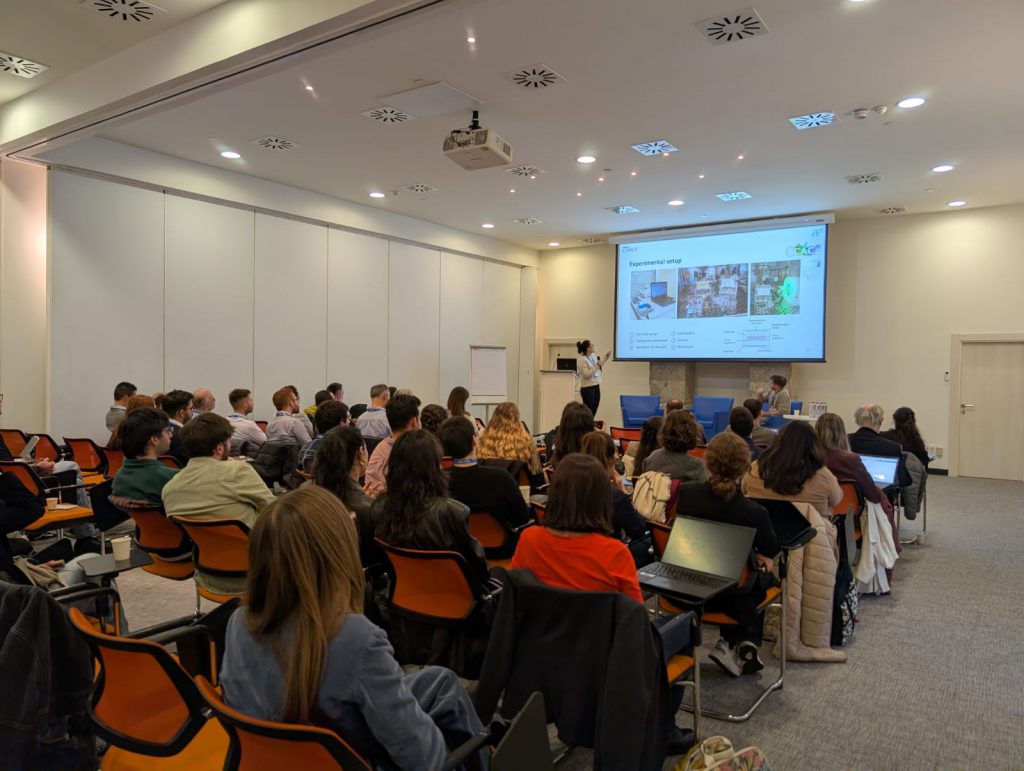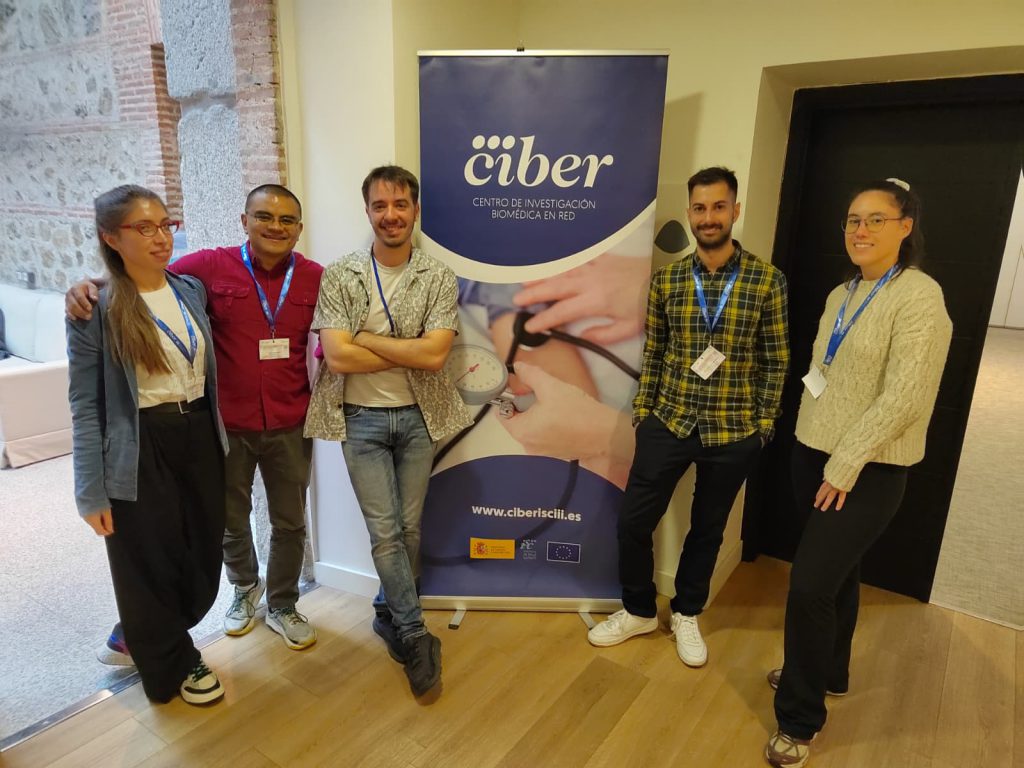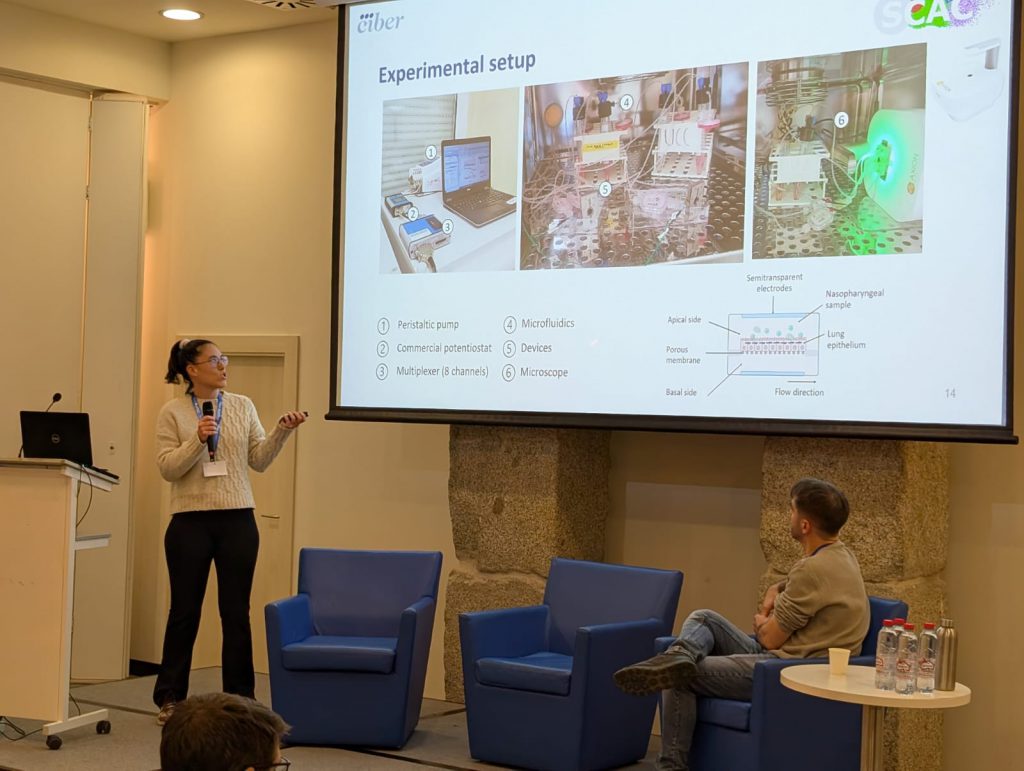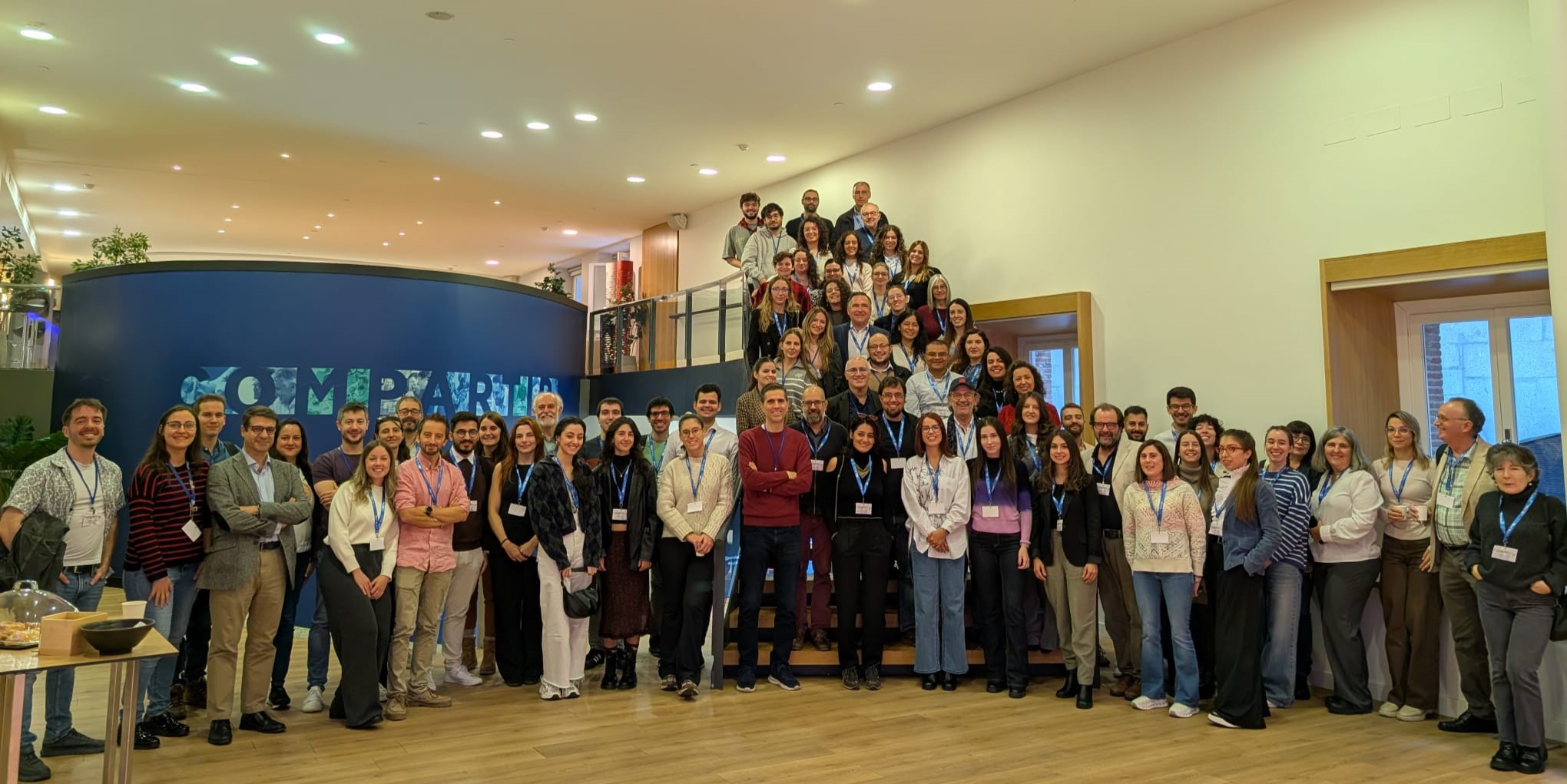NANBIOSIS Revalidated as a Unique Scientific and Technical Infrastructure (ICTS) in Spain
NANBIOSIS has been revalidated as a Spanish ICTS in November 2025, reaffirming its strategic role in cutting-edge biomedical research and innovation.
Valencia, November 2025 — Last month, the Government of Spain reaffirmed NANBIOSIS as an Infraestructura Científico-Técnica Singular (ICTS), confirming its status as a key national infrastructure supporting cutting-edge research, technological development, and innovation in biomedicine and nanotechnology.
The ICTS designation is granted to publicly owned scientific and technical infrastructures that are unique or exceptional, require high investment and operational resources, and provide open and competitive access to the entire R&D&I community. These infrastructures play a strategic role in enabling frontier research, facilitating knowledge generation and preservation, promoting technology transfer, and fostering innovation.
ICTS are distributed throughout Spain and are included in the Map of Unique Scientific and Technical Infrastructures, a dynamic framework that ensures infrastructures continuously meet strict excellence, accessibility, and quality requirements. Depending on their level of integration, ICTS may operate as single-site facilities, networks of infrastructures, or distributed infrastructures.
The revalidation of NANBIOSIS as an ICTS highlights its sustained scientific excellence, public-service mission, and strategic relevance within the Spanish research ecosystem. This recognition reinforces the commitment of NANBIOSIS to offering advanced services and state-of-the-art capabilities to academic researchers, healthcare institutions, and industrial partners.
What is NANBIOSIS?
The goal of NANBIOSIS is to provide comprehensive and integrated advanced solutions for companies and research institutions in biomedical applications. All of this is done through a single-entry point, involving the design and production of biomaterials, nanomaterials, and their nanoconjugates. This includes their characterization from physical-chemical, functional, toxicological, and biological perspectives (preclinical validation).
In order to access our Cutting-Edge Biomedical Solutions with priority access, enter our Competitive Call here.
NANBIOSIS has worked with pharmaceutical companies of all sizes in the areas of drug delivery, biomaterials and regenerative medicine. Here are a few of them:
